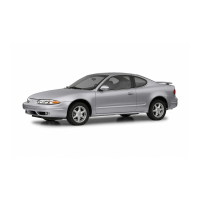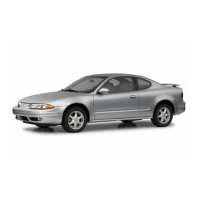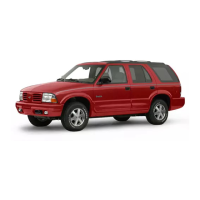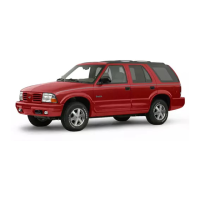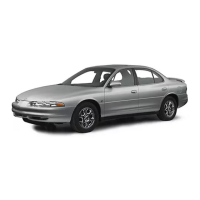Radiator Pressure Cap
Notice:
Your radiator cap
is
a pressure-type cap
and must be tightly installed to prevent coolant
loss
and possible engine damage from overheating.
Be sure the arrows on the cap line
up
with the
overflow tube on the radiator filler neck.
The radiator pressure cap is located at the front of the
engine compartment on the passenger’s side of the
vehicle. See
Engine Compartment Overview
on
page
5-72
for more information on location.
Engine Overheating
You will find an engine coolant temperature gage on
your vehicle’s instrument panel cluster. See
Engine
Coolant Temperature Gage
on
page
3-47.
You also
have an engine coolant temperature warning message
on your instrument panel. See
Engine Coolant
Temperature Warning Message
on
page
3-53.
Overheated Engine Protection
Operating Mode
This emergency operating mode allows your vehicle to
be driven to a safe place in an emergency situation.
If
an overheated engine condition exists, an overheat
protection mode which alternates firing groups of
cylinders helps prevent engine damage.
In
this mode,
you will notice a significant
loss
in power and engine
performance. The temperature gage will indicate
an overheat condition exists. Driving extended miles
(km) and/or towing a trailer in the overheat protection
mode should be avoided.
Notice:
After driving
in
the overheated engine
protection operating mode, to avoid engine damage,
allow the engine to cool before attempting any
repair. The engine oil will be severely degraded.
Repair the cause
of
coolant loss, change the oil
and reset the
oil
life system. See “Engine Oil” in
the Index.
5-26

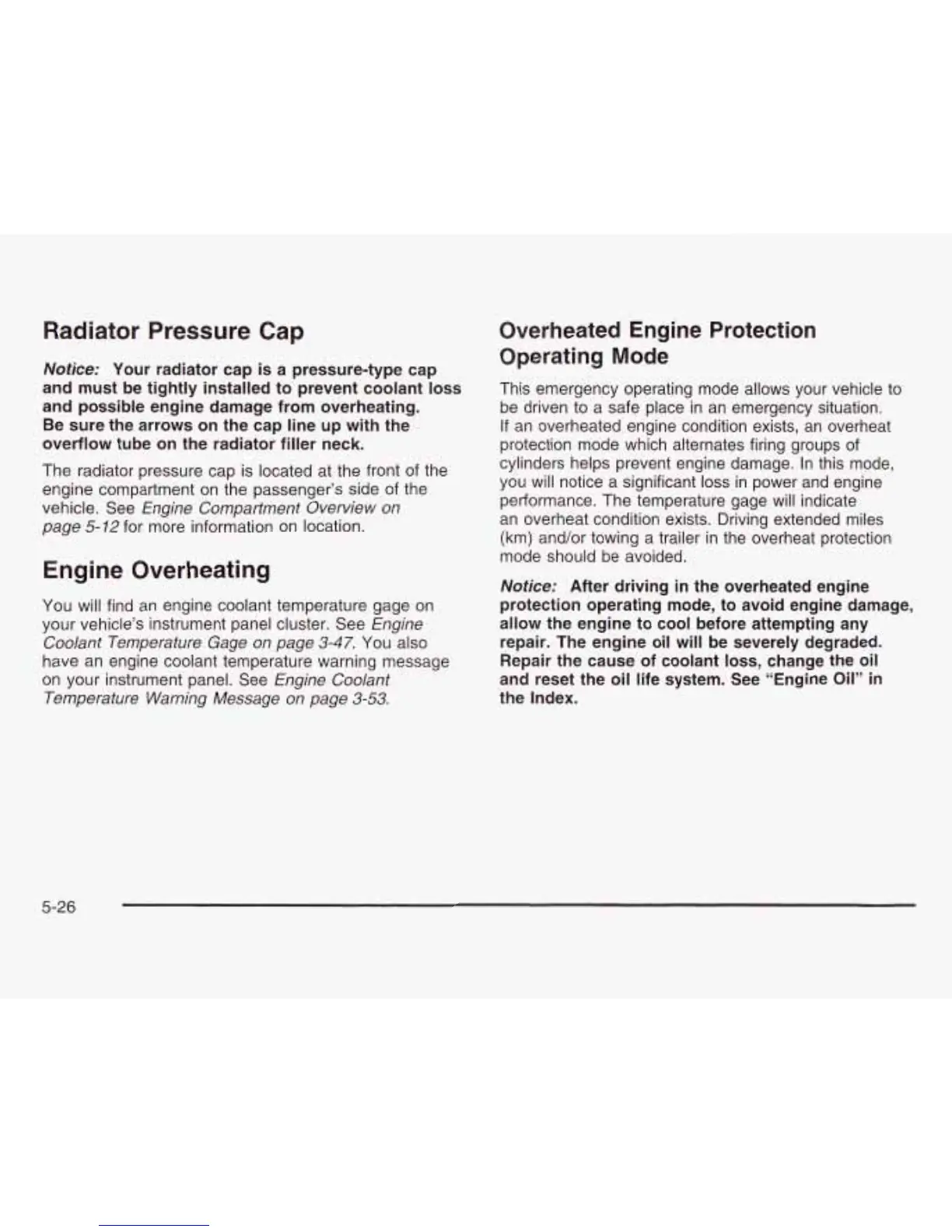